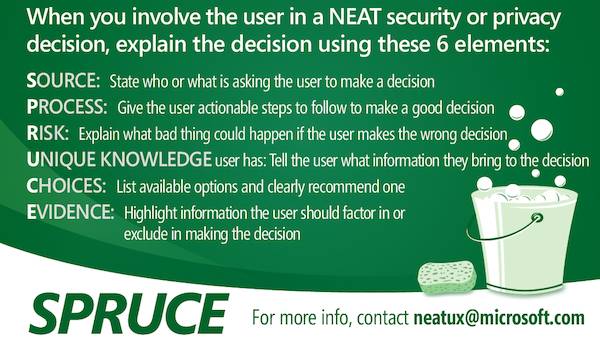Experts split over regulation for bounty-hunting bug sniffers
RSA Europe Security researchers attending the RSA Europe conference are split over regulating the controversial exploit vulnerability marketplace.
In recent years several vendors, including Google, Firefox and later Facebook and PayPal have offered bug bounties for security researchers who find flaws in their products or services.
Technology suppliers such as iDefense and HP Tipping Point ZDI (Zero Day Initiative) offer to act as a middlemen between security researchers and vendors, offering between $500-$20,000 for exclusive details.
Knowledge of these vulnerabilities allows HP TippingPoint to add detection for attacks against vulnerabilities that have yet to be publicly disclosed, giving its Intrusion Prevention System (IPS) appliances and similar kit an edge over the competition.
Other less well-known firms, such as Endgame Systems, sell information about vulnerabilities to clients such as the US Department of Defense. Sketchy details of its business only emerged as a result of the HB Gary Federal hack by Anonymous in February 2011.
French outfit Vupen, meanwhile, thumbs its nose at the possibility of selling its security discoveries to Google, preferring to sell information to its customers.
Rapid growth
The exploit vulnerability marketplace appears to be growing at a rapid rate, partly driven by interest in the use of previously unknown security vulnerabilities to develop exploits for cyberweapons such as Stuxnet and Duqu.
Boldizsar Bencsath, assistant professor at the CrySyS Lab of the Budapest University of Technology and Economics, part of the team that first discovered Flame, told El Reg that the Microsoft 0day vulnerability used by the malware was probably discovered by independent security researchers.
They then sold their information on this vulnerability to the larger team developing the cyberespionage tool, which largely targeted victims in Iran.
“Finding vulnerabilities using reverse engineering is painstaking work requiring deep knowledge,” Bencsath told El Reg. “It’s quite possible, indeed likely, that the exploits were discovered by totally independent parties.” Bencsath said the main team developing the malware were in his opinion a state-sponsored group, which he said was likely backed Israel and the US.
Security researcher Christopher Soghoian, who delivered a presentation about the exploit vulnerability marketplace at the recent Virus Bulletin conference, has likened the trade in exploits to a trade in weapons and raised the possibility of regulation.
“Politicians will inevitably get involved”
If vulnerabilities are sold in a completely open market then it’s possible that US researchers, for example, will supply the bullets in attacks later used by hostile intelligence agencies from Russia, China or even Iran to target US business and infrastructure. Governments in general will be able to outbid the likes of Google and Microsoft, the argument goes.
Governmental use of Trojans, exploits and hacking is growing and this might be directed at internal dissidents as well as external targets.
Dancho Danchev, a security researcher at the anti-malware firm Webroot, told El Reg that regulation on the sale of exploits was coming, although he wasn’t sure what form it would take. “Politicians will inevitably get involved,” he said.
Security researchers who discover a bug have a choice of informing a vendor directly (potentially getting a reward in the process), selling it to a middleman (such as TippingPoint’s ZDI) or auctioning it and selling it to the highest bidder.
Get rich and die trying
Greg Day, director of security strategy at Symantec, said that the volume of zero-day vulnerabilities was actually falling. “Security researchers should get a reward for discovering vulnerabilities but a black market for vulnerabilities is not the right long-term approach.
“Vulnerability researchers can adopt a ‘get rich and die trying approach’ but it doesn’t work in the longer term,” he added.
A senior member of the Jericho Forum, an independent group of IT security professionals, said that vendors such as Apple had to improve vulnerability reporting procedures. But he argued that a fringe element of security researchers would sell to black market sources, whatever incentives were given and however smooth the process of reporting was made.
Wolfgang Kandek, CTO at Qualys, said that proper incentives should be provided to “enable people to make a living from being white hats”. Kandek, unlike Danchev, disagreed that there was a need for government regulation on who could sell and buy vulnerabilities.
Separately, he said that successful attacks often used more than one vulnerability. As operating system security has improved, hackers have turned their attention towards vulnerable technologies such as Java, he said. ®
Article source: http://go.theregister.com/feed/www.theregister.co.uk/2012/10/11/exploit_vulnerability_marketplace/
